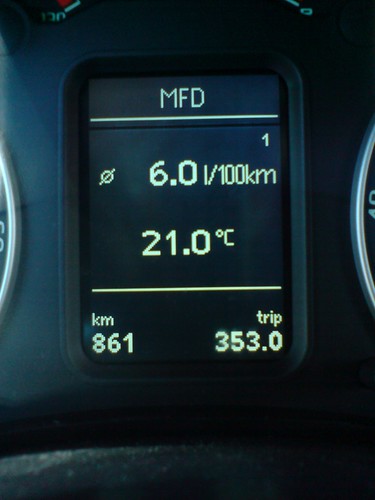Spain leaps forward with its ambitious high-speed rail network expansion – On track to bypass France and Japan
![Spain's system of 218-mile-an-hour bullet trains, the AVE[mdash ]meaning 'bird' in Spanish[mdash ]has increased mobility for many residents, though critics say it has come at the expense of less-glamorous forms of transportation.](http://s.wsj.net/public/resources/images/NA-AX208_FASTRA_G_20090419183055.jpg)
Agence France-Presse/Getty Images via WSJ
Bullet Train Changes Nation — and Fast
CIUDAD REAL, Spain — To sell his vision of a high-speed train network to the American public, President Barack Obama this week cited Spain, a country most people don’t associate with futuristic bullet trains.
Yet the country is on track to bypass France and Japan to have the world’s biggest network of ultrafast trains by the end of next year, figures from the International Union of Railways and the Spanish government show.
The growth of the Alta Velocidad Española, or AVE, high-speed rail network is having a profound effect on life in Spain. Many Spaniards are fiercely attached to their home regions and studies show they are unusually reluctant to live or even travel elsewhere.
But those centuries-old habits are starting to change as Spain stitches its disparate regions together with a €100 billion ($130 billion) system of bullet trains designed to traverse the countryside at up to 218 miles an hour.
“We Spaniards didn’t used to move around much,” says José María Menéndez, who heads the civil engineering department at the University of Castilla-La Mancha. “Now I can’t make my students sit still for one second. The AVE has radically changed this generation’s attitude to travel.”
Spain opened its first high-speed line, between Madrid and Seville, in 1992. At the time, the decision to run the line to sleepy Seville, host to the World Expo that year, was deeply controversial. Critics said it would be a costly failure for then-Prime Minister Felipe González, and that he built the line just to take him to Seville, his hometown, on the weekends.
But the AVE-which means “bird” in Spanish- proved to be a popular and political success. Politicians now fight to secure stations in their districts. Political parties compete to offer ever-more ambitious expansion plans. Under the latest blueprint, nine out of ten Spaniards will live within 31 miles of a high speed rail station by 2020.
By last year, the sprawling network of lines that stretches out from the capital, Madrid, reached Málaga in the south, Valladolid to the north and Barcelona in the country’s northeast. Now, residents of Barcelona can be in Madrid in just over two-and-a-half hours-a journey that takes around six hours by car.
The University of Castilla-La Mancha’s campus here has grown sharply in size and importance. “The school is here because of the AVE,” says Mr. Menéndez, the department head. “Without it, it would be impossible to attract the high-level staff we need.”
Around a third of Mr. Menéndez’s students are from a different region of Spain — almost unheard of in a country where students mostly stay close to home.










